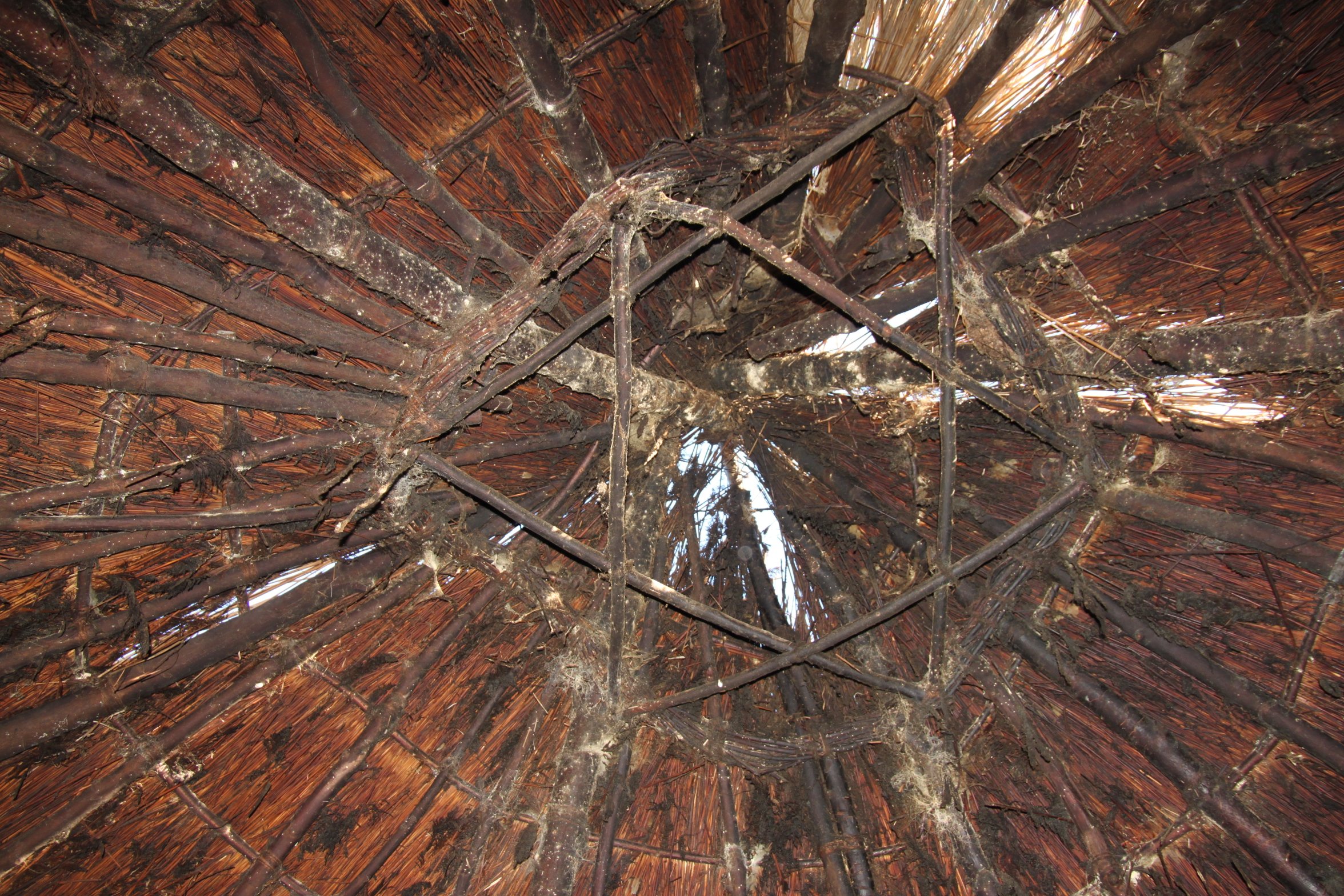Experimental Archaeologist Therese reflects on the deconstruction of our Glastonbury M74 Roundhouse - soon to be replaced with another exciting building - and what we hope the lifespan and condition of this building can tell us about roundhouse construction.
One of the really exciting things about working with experimental construction is that we get to experience the entire lifespan of a structure from its building through to its gradual decay and deconstruction.
Over the last week, we have been deconstructing our interpretation of ‘Glastonbury Mound 74’, affectionately known as the Yellow Glastonbury. Built at Butser in 2008, this structure was based on the archaeological remains of one of the best-preserved mounds at Glastonbury Lake Village in Somerset. The site was discovered by Arthur Bullied in 1892 and its subsequent study throughout the early 20th century revolutionised the understanding of the Iron Age.
We are now at the deconstruction stage of the building which gives us the opportunity to gauge how the various organic components of the structure have fared through time and we gain a unique insight into what traces are left in the ground when the structure itself has disappeared. This tells us all sorts of things about the potential life expectancy of such a structure, material choices and performance and what we might expect to find in the archaeological record.
Our original building was constructed using hazel for the upright wall posts and roof purlins, ash and birch for the rafters, willow wattle covered in daub (made with clay, dung and water), water reed thatch and a clay floor.
After nearly 14 years, the thatch was in a poor state and quite damp and cruddy, though this was at least partly because the building was without a fire for several years. The four principal ash rafters were in good condition while the birch rafters and hazel uprights and purlins showed signs of woodworm infestation and were crumbly to the touch. The daub was still really robust and as we began to remove it, it became clear that it was the main element holding the structure together. The chunks of daub retained clear impressions of the willow wattle from which the dimensions of the wattle could be discerned.
At first sight, the wattle walls appeared to be have been holding together fairly well, but on closer inspection, the interiors of the willow withies were completely rotten and just held together by the outer bark. We were able to cut through the bare wattle with a hand saw without difficulty.
We will continue with the deconstruction process this week and when the structure has been completely removed we will conduct a mini-excavation to see what remains in the ground. We hope to be able to compare the data that we collect with the original excavation records to see if there are any similarities, though, of course, we keep in mind that the site formation processes at play in our structure are very different from those at the original site. Nonetheless, the information that we collect will continue to inform our interpretations and experimental constructions and we hope our data will be useful for anyone exploring the archaeological remains of structures in the future. We look forward to sharing our findings as the process continues!
Glastonbury M74 in 2009 shortly after construction
Glastonbury M74 in March 2022
Internal roof structure (March 2022)
Birch rafters and hazel purlins (March 2022)
Removal of the interior daub begins.
Close up of the wattle structure after the internal daub has been removed
Fragments of daub with impressions of the willow wattle.
To find out more about our Glastonbury M74 project and support our ongoing archaeological research subscribe to Butser Plus where we share regular videos documenting the projects and ancient skills at the farm. Thank you!







